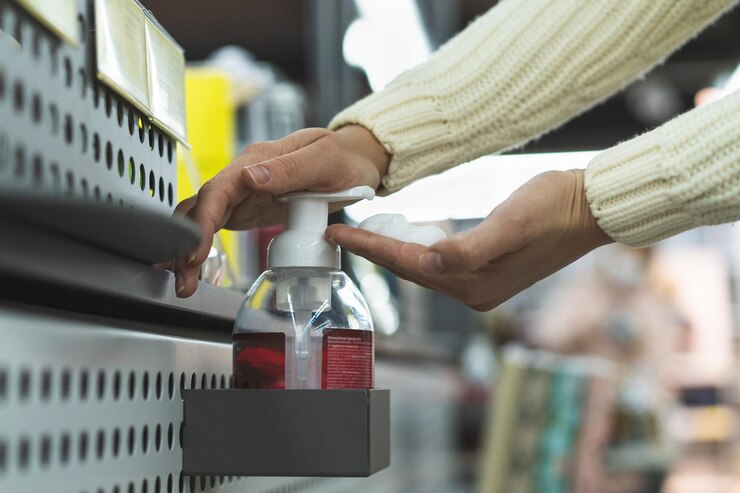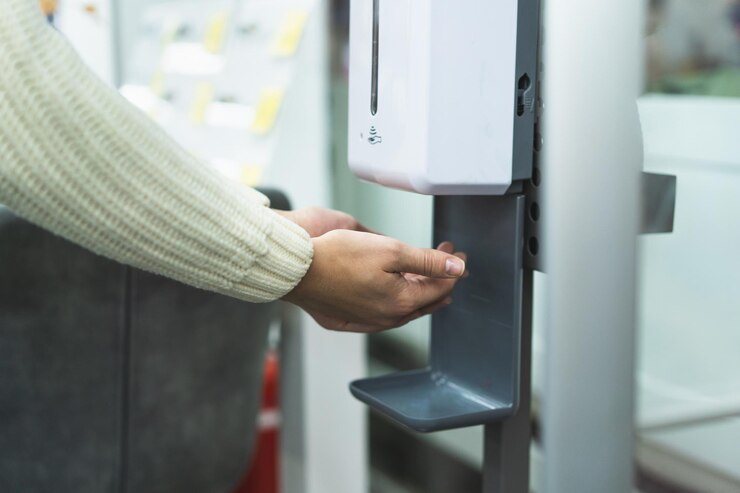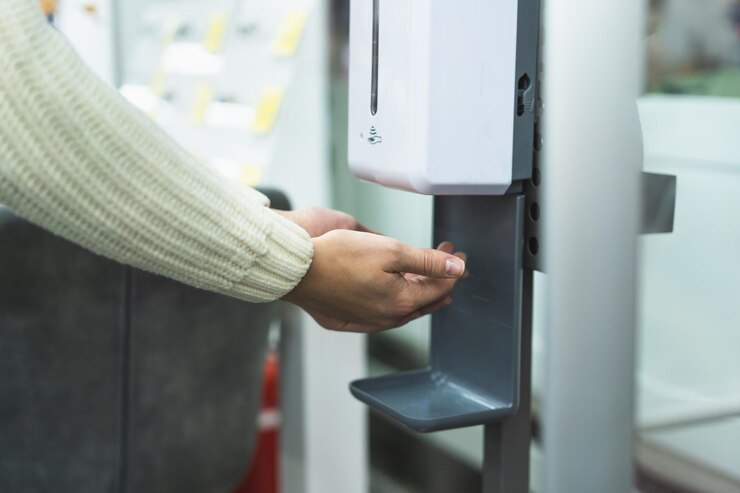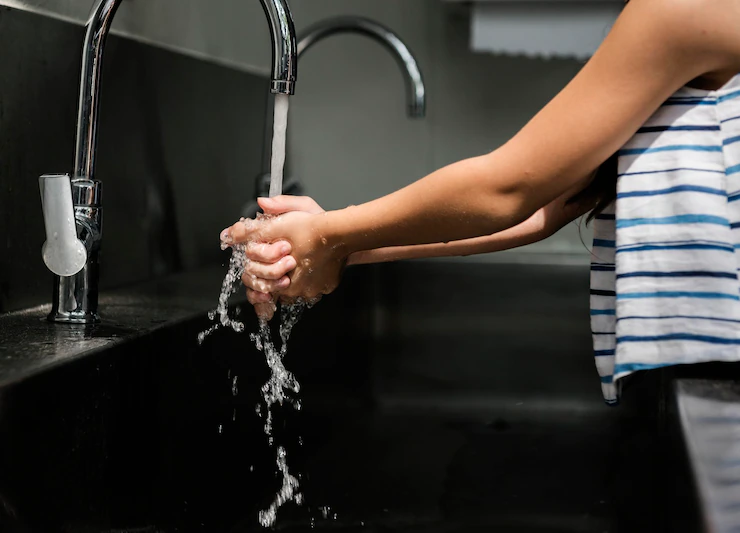The Importance of Sanitation And Equipment Used in Food Production

A food production area is generally referred to as a facility where raw food is processed and prepared for consumption. It is essential to ensure that foods are produced in accordance with hygiene regulations to safeguard human health in food production areas. Equipment used for industrial site cleaning is critical in providing a truly hygienic environment. Effective implementation of hygiene and sanitation practices at all stages, from the initial procurement of raw materials to the delivery of the final product to consumers, is necessary to ensure safe and quality food delivery.
Maintaining good hygiene is crucial for maintaining a positive business image as it protects consumer health and ensures product reliability. Businesses that do not comply with hygiene requirements during food production or sales face challenges such as consumer distrust and loss, decreasing consumption and sales, legal enforcement, low morale, and lack of motivation for production facility workers. They are also at risk of economic losses, loss of company reputation, and market share decline.

Of course, the most affected by the inadequate sanitary cleaning of food companies are human casualties. Foods consumed for a healthy lifestyle can cause harm to human health under adverse conditions. All health disorders related to food are collectively referred to as “food poisoning”. There are two types of diseases related to microbes for people who consume food: food infections and food poisoning.
To protect public health, you must comply with food laws, including minimum and technical standards that food should meet. The primary responsibility of the state in this regard is to ensure that food is produced and presented in compliance with appropriate conditions and laws in all food-related workplaces. For this purpose, various legal norms have been adopted in our country and other countries.
Transporting food from the field to the table is a risky process and requires observation of details that are crucial for human health. Therefore, food-processing companies must apply and maintain procedures that comply with good hygiene practices and HACCP principles defined by the Ministry of Health to provide safe food. In addition to their legal obligations, consumers’ demand for increased hygiene makes it mandatory for food companies to pay attention to the hygiene of their environment and equipment used.

In food production areas, the overall floor plan of the building, necessary slopes, walls for screening, and even transitions are important. The maintenance, regular disinfection and cleaning processes, and pest control of the materials and features used in the buildings are fundamental components of food area hygiene. Steps for proper placement of the building, cleaning processes according to sanitary conditions and continuity, and the use of equipment that facilitates the entire process and ensures effective cleaning must be carried out in accordance with regulations.
To ensure compliance with hygiene regulations in industrial facilities that produce food, areas that need to be paid attention to during cleaning must be classified. The hygiene application guides for markets prepared by the Ministry of Agriculture, Food, and Rural Affairs are an important resource in this regard. This guide aims to provide information on hygiene practices in sales and production points where food is produced for sale or consumption.

The success of cleaning operations in your business is dependent on the duration of the cleaning process, the technology used, and the equipment utilized. While the duration of cleaning may vary based on the nature of the task and the product, the overall cleanliness of the business should be maintained by performing cleaning at least once a day. If the time between two cleaning sessions increases, residues can dry and adhere more firmly to surfaces, making cleaning more challenging. These pollutants also create an environment suitable for harmful microorganisms that can make safe food production impossible. Bacterial fermentation, spoilage, and autolytic breakdown can lead to unexpected difficulties in subsequent production.
In the food industry, cleaning after disinfection can be more harmful than beneficial if disinfection is not performed. This is because the bacteria removed and released during cleaning can spread to a wider surface area and continue to multiply in the new environment. They can only be killed by disinfectants with bactericidal properties. Disinfectants can be used in conjunction with pre-cleaning and cleaning to achieve the best results. Disinfection involves using various chemicals to widely eliminate microorganisms. During disinfection, all elements must be thoroughly or significantly cleared of microorganisms that can cause illness and shorten service life.

There are many animal species that produce food, including insects and rodents, which can cause various physical, chemical, sensory, and microbiological disturbances. In the food industry, the main pests that are problematic and difficult to control are insects such as flies, bugs, reptiles, and birds. Many methods have been developed to eliminate these pests and prevent them from invading your business, destroying your hiding places, food, and water sources. This is an important step in ensuring hygienic conditions in food production. A statement from the Ministry of Health requires us to work with field organizations to combat harmful microorganisms and rodents in food production areas. Pest control is a serious matter that should not be taken lightly.
Without proper sanitary conditions, harmful microorganisms can multiply faster than expected, causing food poisoning and endangering human health. It is the responsibility of food production to reduce the risks associated with this issue.
Appropriate cleaning materials are essential to provide adequate sanitary conditions within the food processing area. This is because proper cleaning and disinfection are an important step in preventing the negative consequences of food poisoning.
In its simplest form, a room where food is produced should have sufficient hand sanitizer, paper towels, trash cans, handwashing products, hygiene mats, sticky tape insect repellents, and a sink. Businesses that produce or sell food must strictly adhere to certain hygiene rules. For example, all equipment and materials in food processing areas must be cleaned and disinfected according to their properties. Similarly, a hygienic mat should be provided when exiting the bathroom, which should be cleaned regularly. It is also important for the faucet of the handwashing sink to be operable in an inaccessible manner. For this purpose, automatic photovoltaic cranes or rotary elbow cranes can be used.
When cleaning the workplace, use detergent, chemical or disinfectant appropriate for the food industry to help ensure that the cleaning conditions are approved by the Ministry of Health.
